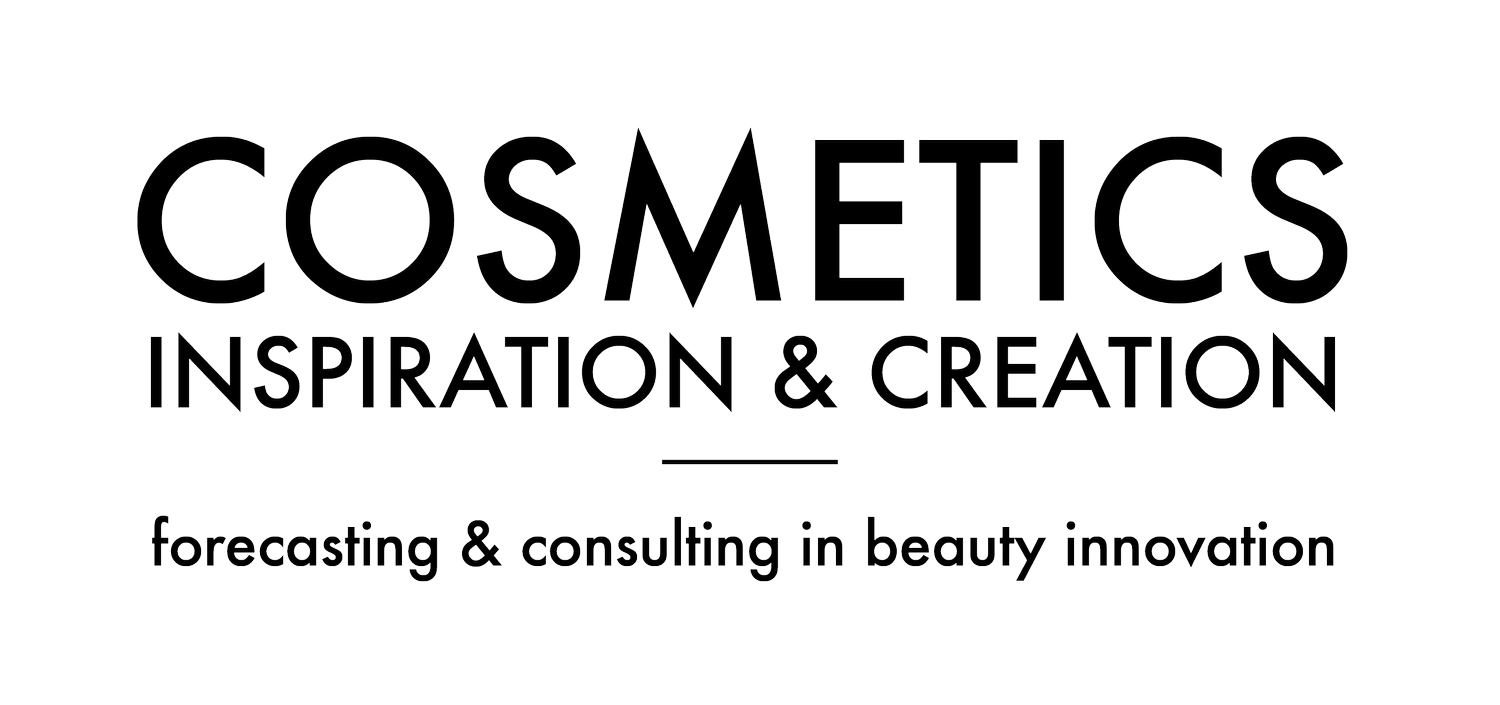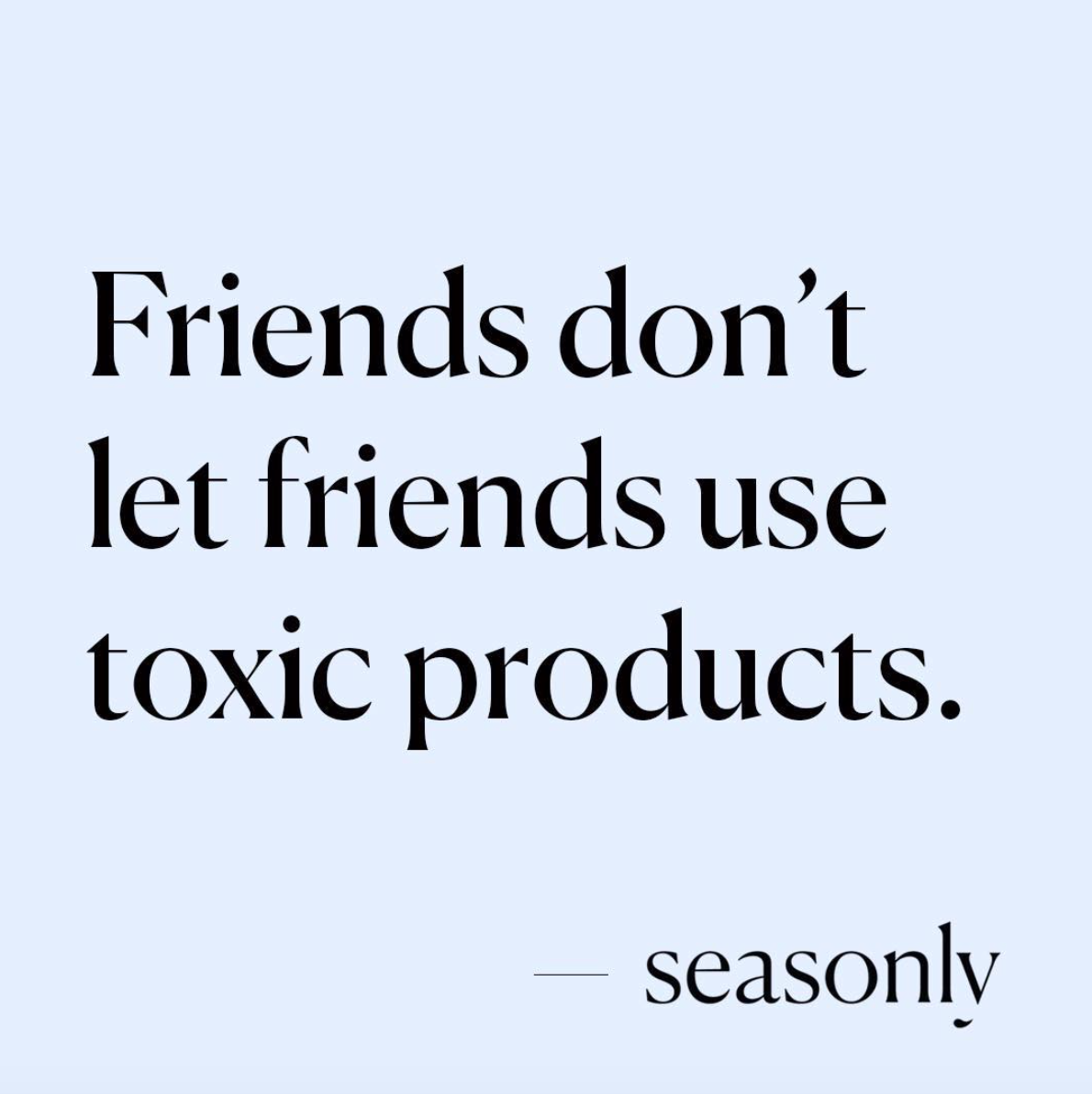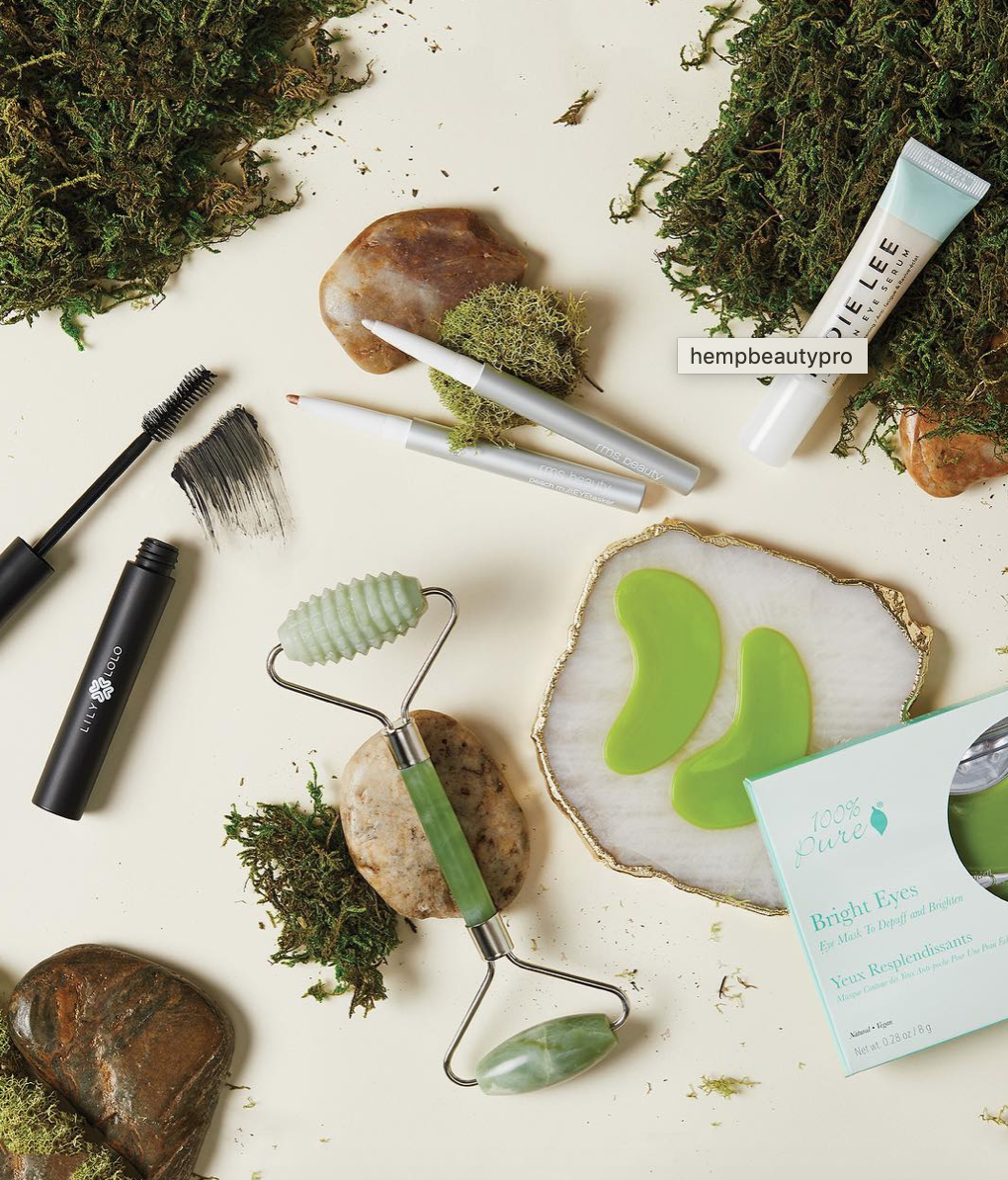Photo Credits: Airony Haut / Unsplash
Much like clean eating, clean beauty has recently taken the industry by storm. Yet, as the wellness movement continues to influence industry, more and more clean beauty products are being dropped into a market where there are no recognized clean-certified labels.
Initially driven by safety concerns, the clean beauty movement originally focused on what was NOT in a product, rather than what was. Today, as consumers want more, clean beauty is taking a new turn. From niche to mainstream, new clean products are not just “safe”; they are becoming increasingly sensorial and luxurious.
WHEN FEAR TURNS TO LOVE
Like many beauty trends, it all started with food. The #cleaneating hashtag has garnered over 42 million mentions on Instagram, to the point where it has its very own eating disorder, orthorexia.
Like many wellness trends (from organic to cruelty-free and green), a blend of fear and love has driven this new clean beauty movement, as much like food, cosmetics are meant to be both indulgent, but safe for consumers. Worn close to the body and against the skin, beauty products have always symbolized a soulful sense of love, self-care and intimacy.
In contrast, fear has been fueled by the opaque nature of beauty industry messaging, especially when it comes to ingredients, how products are made and the fear consumers have that they are simply being marketed to. . Knowing what’s in their product and learning how to read a label has become a top priority for consumers who are now buying with a digital driven mindset. According to a survey by Label Insight, 46% of consumers admit to using a smartphone to research product information in-store, with as many as 56% of Millennials admitting to doing so. With the arrival of Gen Z in the marketplace, future waves of consumers are more likely to be receptive to a clean approach to Beauty.
Photo - Lawrson Pinson / Unsplash
They are also less likely to respond to greenwashing, thanks to self-empowering digital tools and a new access to information. Especially given the rise in availability of label deciphering apps for smartphones such as Clean Beauty, Yuka, 화해(Hwahae), Inci Beauty, Pharmapocket, CosmEthics, Healthy Living or Beat the Microbead, all designed to break down what products actually contain.
So, according to the apps what are the clean rules?
Here is the thing: “clean” is more about what isn’t in the product rather than what is. Think: a policy of including “no nasties”, or in other words, beauty enemies including chemicals and artificial ingredients. Just like new French Beauty brand Seasonly puts it in its motto “the skin you want, minus the ingredients you might not.”
THE BEAUTY BRANDS DEFINING CLEAN BEAUTY
While some ingredients are banned for use in beauty products (more so in Europe than in the US), the legal definition of clean is still very much up for debate. All the same, clean usually means that a product is made in a safe lab using non-toxic ingredients, is made mindfully, free from synthetic materials and has been enriched with specially sourced ingredients. This is where indie brands thrive, as by virtue of having a small staff who can produce small batches, they are more likely to be perceived as clean beauty labels.
For clean brands, giving their own precise definition of what they consider to be “Clean Beauty” is key in their manifesto. Goop, one of the leaders in the clean movement writes:
“At Goop, we are creating a new standard of beauty. Clean, for us, is quite intense: It means a non-toxic product that is made without a long, ever-evolving list of ingredients linked to harmful health effects from hormone disruption, to cancer, to plain-old skin irritation. To name just a few: parabens, phthalates, PEGs, ethanolamines, chemical sunscreens, synthetic fragrance, BHT, BHA. “
Credit: courtesy of Goop
Tata Harper, one of the founding mother of the trend back in 2010, takes non-toxicity and traçeability to heart. “Every single product we make is a Complex Formula. We pack the most ingredients at the highest levels of concentration to deliver maximum results—without a single drop of artificial chemicals.” As such, the brand declares all of its products to be free from GMO, toxins, fillers, artificial colors, artificial fragrances and synthetic chemicals. Today, the Tata Harper brand is recognized as one of the most successful premium clean brands, boasting sales approaching $68 million dollars (source: WWD).
Photo credits: @_seasonly
FROM CLEAN RETAILERS TO MAINSTREAM RETAILERS’ SHIFT TO CLEAN
In the US, The Detox Market is a pioneer within the clean movement and a major actor in all things green beauty. Its focus has always been discovering and incubating new brands, and in showcasing brand founders’ stories that reflect a passion for non-toxic beauty choices. The retailer took a “safety pledge” promising to only sell products that are free from the banned ingredients featured on a comprehensive, continuously updated list that includes most parabens, synthetic fragrances, PEGS and petrochemicals -- among others.
Credo, the other big player in the Clean Beauty game, first started in 2015 in San Francisco and now boasts more than 8 shops and shops/spa across the US. The retailer displays a “dirty list” of toxic ingredients on its website, including aluminium powder, EDTA, petrolatum, paraffin, phthalates, colorants, glycols, lanolin, keratin etc.
Another shining example, the new kid on the Manhattan block, is Follain, a company which cultivates deep relationships with women, offers customers package-free options (such as refillable soaps) and a slew of clean alternatives via niche brands including French Girl, Osea, Rahua, Pai and Tata Harper. The retailer even goes as far as to claim that “less than 20% of cosmetics ingredients have been tested for safety”, with an impressive list of restricted ingredients.
Mainstream retailers in the US have also joined the clean beauty movement via initiatives such as the “Clean at Sephora” label. With this label, the retail giant promises to curate “clean stuff only”, under the motto “the beauty you want, minus the ingredients you might not.” This applies to products free from sulfates, SLS and SLES, parabens, formaldehyde, mineral oils, retinyl palmitate, oxybenzone, coal tar, hydroquinone, triclosan, and triclocarban. They also pledge that products will contain less than one percent synthetic fragrance.
Photo credits: @thedetoxmarket
While Clean beauty is becoming mainstream in the USA, Europe and Asia trends are more towards “natural beauty” and “green beauty”.
In France, le Printemps Department store just opened a « Green Market », a beauty corner dedicated to natural and sustainable beauty. In Japan, Cosme-Kitchen has become the "Natural & Organic” retailer with several point of sales featuring Japanese and international beauty brands.
In a nutshell, the emergence of Green Beauty is worldwide, becoming more premiumized, and is the beginning of a mainstream movement that will impact the future of beauty: a safe, reassuring yet highly sensorial new chapter of Clean Beauty is underway.
Want to know more about clean beauty? Not only has The Cosmetics Inspiration & Creation agency just released a new Skincare Edition of its US trend report, but it will be hosting the "Rise of the Natural & Clean Movement" roundtable discussion at the upcoming Makeup In L.A. conference. For a copy of Beauty Focus on Clean Beauty, prices and conditions, feel free to contact the agency.





